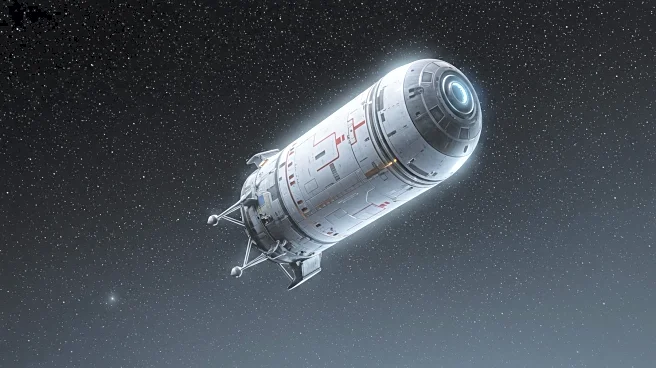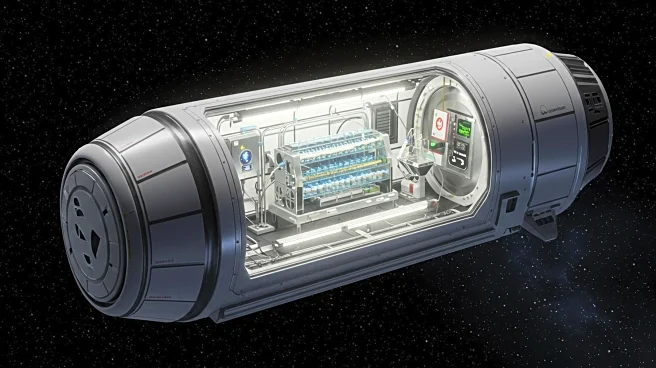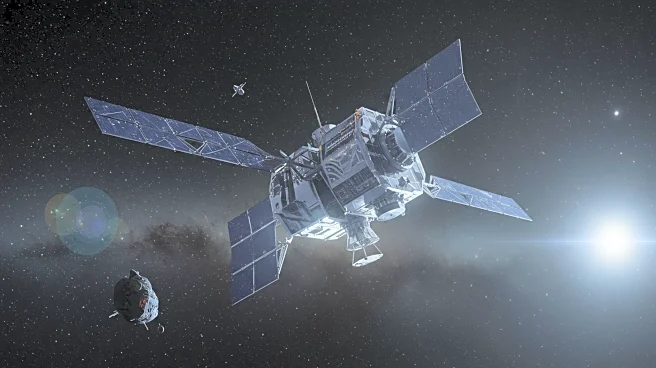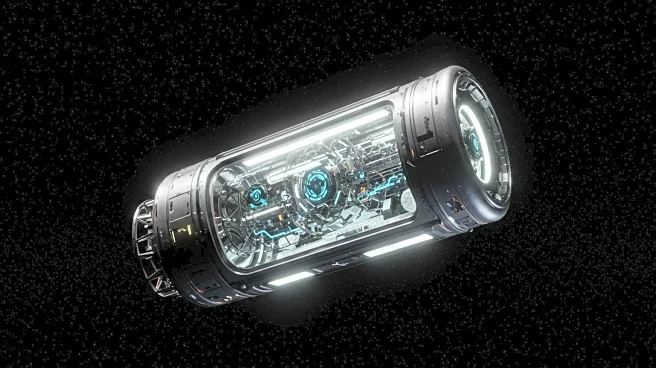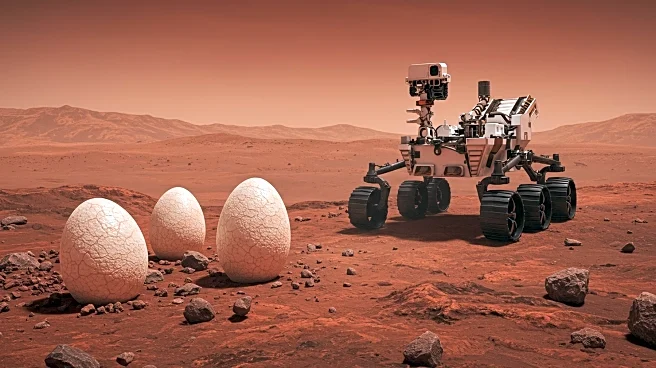Rapid Read • 6 min read
NASA has released a photograph taken from the International Space Station, illustrating how the Moon's light is refracted by Earth's atmosphere. This image, captured on April 13, 2025, as the station orbited above South America, underscores the importance of lunar studies in understanding planetary evolution and surface processes. The Moon serves as a critical platform for testing robotics and instrument systems, aiding human exploration of the solar system. NASA's Artemis missions aim to send astronauts to the Moon for scientific discovery and to lay the groundwork for future crewed missions to Mars.
AD
Studying the Moon's interaction with Earth's atmosphere provides valuable insights into planetary science and the history of the solar system. These findings can enhance our understanding of Earth's evolution and the influence of celestial bodies. The Artemis missions are pivotal in advancing human space exploration, offering economic benefits and scientific discoveries. By leveraging the Moon as a testing ground, NASA can refine technologies and strategies for deeper space exploration, potentially leading to breakthroughs in space travel and habitation.
AD
More Stories You Might Enjoy




